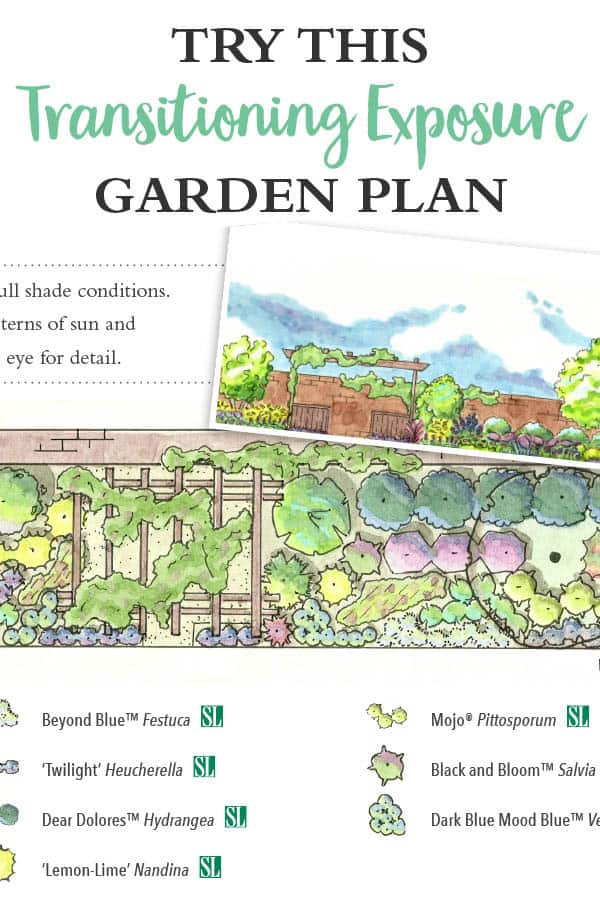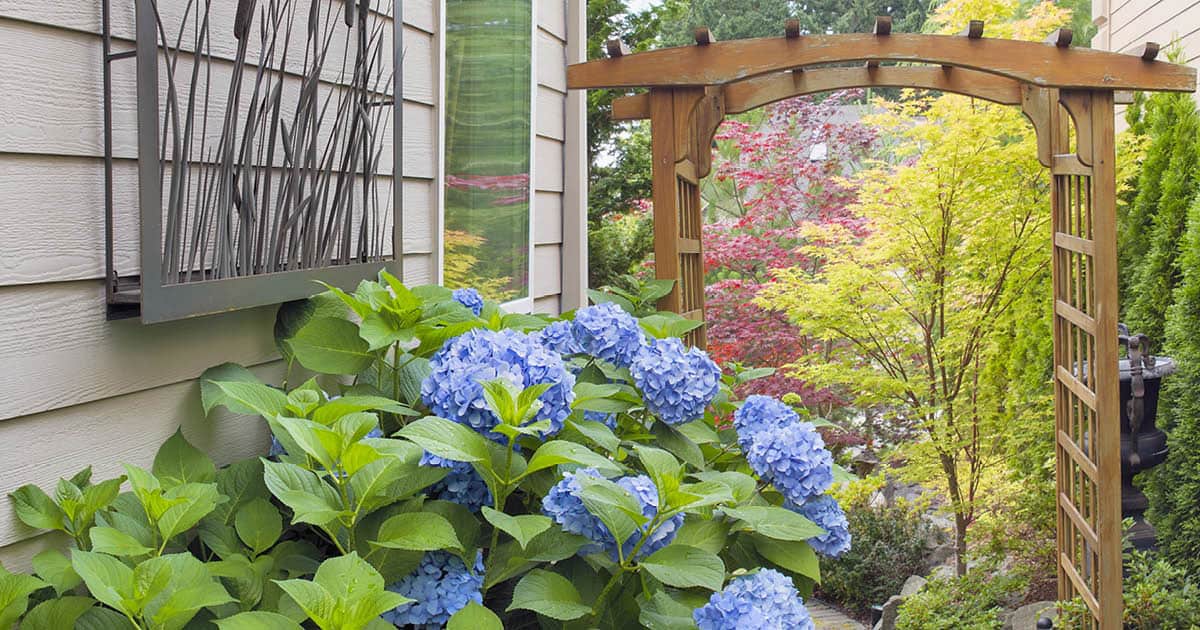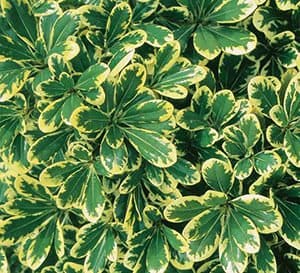By Kimberly Toscano
 Few garden beds lie completely under full sun or full shade conditions. And with the sun constantly moving, planning for exposure can be tricky. Walls, trees, arbors, and even tall shrubs cast shadows that shift and grow with the sun’s daily and seasonal rhythms. Designing a garden that thrives despite shifting patterns of sun and shade requires versatile plant material and a careful eye for detail.
Few garden beds lie completely under full sun or full shade conditions. And with the sun constantly moving, planning for exposure can be tricky. Walls, trees, arbors, and even tall shrubs cast shadows that shift and grow with the sun’s daily and seasonal rhythms. Designing a garden that thrives despite shifting patterns of sun and shade requires versatile plant material and a careful eye for detail.

In this design, a pergola and understory tree cast shadows throughout the day along their northern edges. Shade-tolerant plant materials like ‘Angyo Star’ Fatshedera and Mojo® Pittosporum are placed in these more heavily shaded sections of the garden.

As the sun travels west, a tall privacy wall throws shade across much of the garden. This provides optimal morning sun and afternoon shade for heat-sensitive plants like Dear Dolores™ Hydrangea and protects Diana™ Camellia from winter winds.

Other areas receive sun throughout most of the day. Sun-loving plants like Beyond Blue™ Festuca and Dark Blue Moody Blues™ Veronica are placed in the center of the larger bed and along the eastern edge where shadows are fewer. Plants tolerant of a range of sun exposure including ‘Twilight’ Heucherella and Indigo Frost™ Agapanthus are woven between the sunnier sections of the garden and those with more shade to create seamless transitions.
Download the Designing for Sun and Shade Garden Plan
Careful study of a planting bed reveals niches for most any plant material. The article Design Challenge offers more tips on planting sun to shade transitions.
Pin this garden plan for later!














